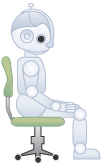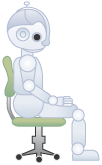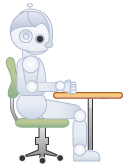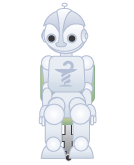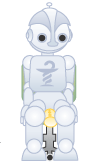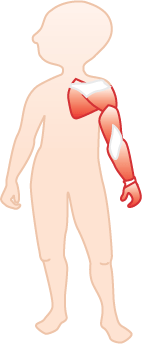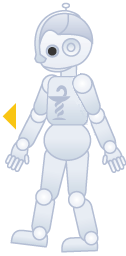Micro-breaks
|
|
Have you ever wondered how you stand, or how you move your body, or how you bend your knees or elbows, or how you breathe? Well, it’s all thanks to your muscles, among other things.
|
|
|
|
|
|||||||||||||||||||||||||||||||||||||||||||||||||||||||||||||||||||||||||||||||||||||||||||||||||
What are muscles?
|
We humans have over 150 muscles. Muscles are body tissues or organs (human and animal) known for their ability to contract and stretch. There are two types:
|
How they function
|
skeletal
muscles |
The movements of the bones of the skeleton are possible thanks to the contraction of the skeletal muscles, which are connected to the bones by tendons. That is, contraction of the skeletal muscles is what causes the different skeletal bones and cartilages to move. The skeletal muscles make up most of the body mass of vertebrate animals. Movement of the muscles is controlled by the nervous system.  Curiously enough, the heart is a muscle. Curiously enough, the heart is a muscle.We say a muscle is healthy when it can be fully contracted and extended. To function properly, a muscle must be flexible, elastic and painless, that is, it should not hurt when we make it work. When we make our muscles work, either when moving them or when keeping them contracted, our body reacts by changing the metabolic cycle, the supply of oxygen and the expulsion of toxins into the blood. If we work them too hard our muscles let us know, they protest: we get stiff, feel tired and start to ache. This is called fatigue or muscle soreness, or torticollis (stiff neck) and it can also be caused by bad posture. Most skeletal muscles are made up of two types of fibres:
|
Activities and postures
|
|
At school, in the office, in the car, in the cinema, when eating, on the sofa watching television, at the computer, when reading, etc.
When we over-exert them, they can increase in size. This is called hypertrophy, and means that each muscle cell has grown.
|
